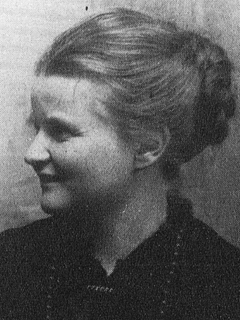

The Bergzabern circle
toward a more comprehensive view of Edith Stein
pp. 239-252
in: Antonio Calcagno (ed), Edith Stein: women, social- political philosophy, theology, metaphysics and public history, Berlin, Springer, 2016Abstract
Justifiably, writings about Edith Stein usually focus on a single aspect of her work or her relationship to a particular place. Yet, these approaches will always have their limitations in that they fail to sufficiently account for wider contexts. This applies most especially to Stein's life-long focus on the communities in which she lived and for which she felt responsible, like the Bergzabern Circle. She was a member of the Circle along with Theodor Conrad, Hedwig Conrad-Martius, Jean Hering, Hans Lipps, Alexandre Koyré and Alfred von Sybel. This article demonstrates how her own thinking and work benefit substantially from the exchange of ideas in the Circle: Many of Stein's ideas cannot be correctly interpreted without reference to the Circle.







